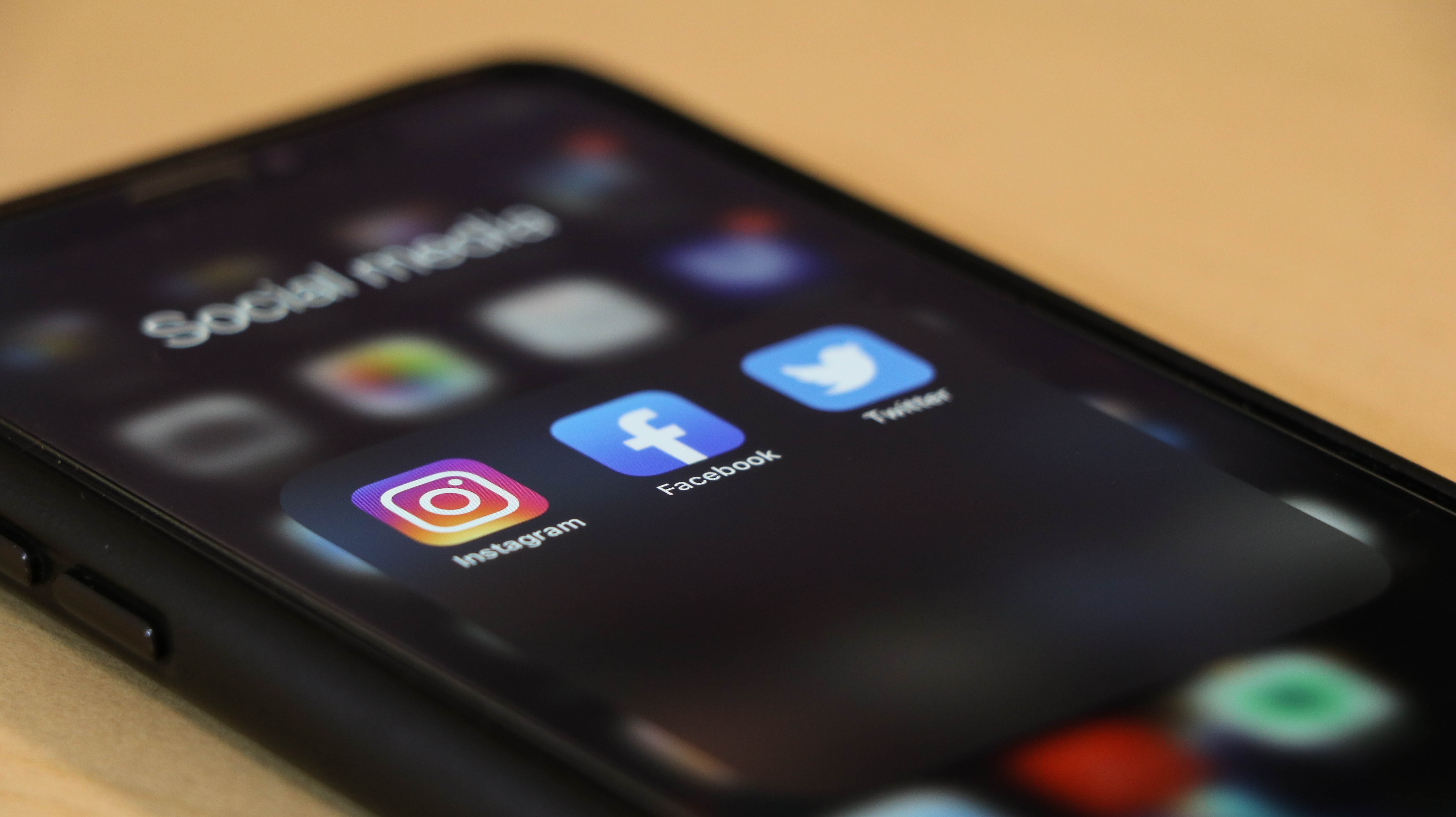Accessible Social Media
go.ncsu.edu/readext?943469
en Español / em Português
El inglés es el idioma de control de esta página. En la medida en que haya algún conflicto entre la traducción al inglés y la traducción, el inglés prevalece.
Al hacer clic en el enlace de traducción se activa un servicio de traducción gratuito para convertir la página al español. Al igual que con cualquier traducción por Internet, la conversión no es sensible al contexto y puede que no traduzca el texto en su significado original. NC State Extension no garantiza la exactitud del texto traducido. Por favor, tenga en cuenta que algunas aplicaciones y/o servicios pueden no funcionar como se espera cuando se traducen.
Português
Inglês é o idioma de controle desta página. Na medida que haja algum conflito entre o texto original em Inglês e a tradução, o Inglês prevalece.
Ao clicar no link de tradução, um serviço gratuito de tradução será ativado para converter a página para o Português. Como em qualquer tradução pela internet, a conversão não é sensivel ao contexto e pode não ocorrer a tradução para o significado orginal. O serviço de Extensão da Carolina do Norte (NC State Extension) não garante a exatidão do texto traduzido. Por favor, observe que algumas funções ou serviços podem não funcionar como esperado após a tradução.
English
English is the controlling language of this page. To the extent there is any conflict between the English text and the translation, English controls.
Clicking on the translation link activates a free translation service to convert the page to Spanish. As with any Internet translation, the conversion is not context-sensitive and may not translate the text to its original meaning. NC State Extension does not guarantee the accuracy of the translated text. Please note that some applications and/or services may not function as expected when translated.
Collapse ▲If you want to reach the widest audience possible, it’s crucial to ensure your social media posts are accessible, especially when it comes to marketing your events!
By taking a little extra time and effort, you can make your content user-friendly for everyone.

Here are some practical steps you can take:
Include image descriptions
Did you know that you can add alt-text to images you share on social media? Alt-text not only enables users with vision impairments to access your content but also provides context if an image fails to load.
See these guides for adding image descriptions on different platforms:
Make sure your links are clickable
When creating eye-catching flyers with URLs or QR codes using tools like Canva, don’t forget to include clickable hyperlinks in your captions or event descriptions. Since social media platforms typically treat text-heavy flyers as images, having clickable text makes it easier for users to navigate to your registration or event details. For visual flyers, ensure that all vital information is included in plain text somewhere to ensure accessibility for all.
Caption videos
Captioning videos is not only beneficial for users with hearing loss but also enhances comprehension for those with different primary languages and allows access in noisy environments. By including captions in your videos, you provide an inclusive experience to a wider audience. See our previous news post for some guidance on captioning.
For more guidance on creating accessible online content, be sure to explore OIT’s accessibility resources.


